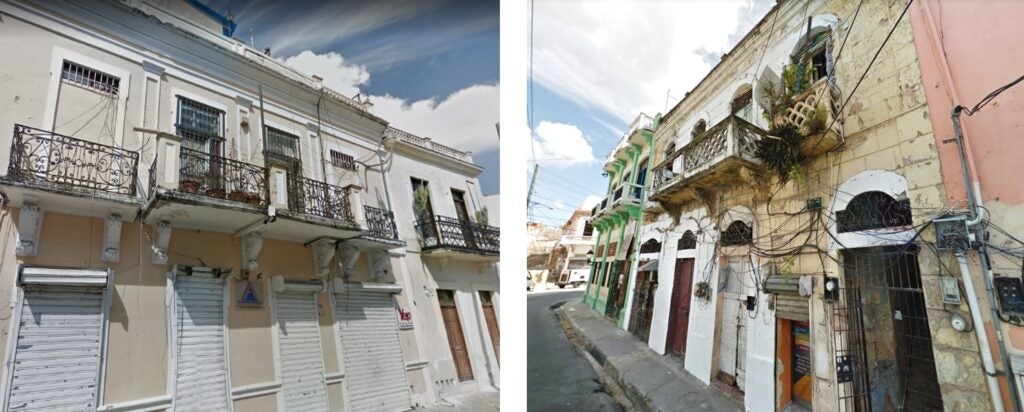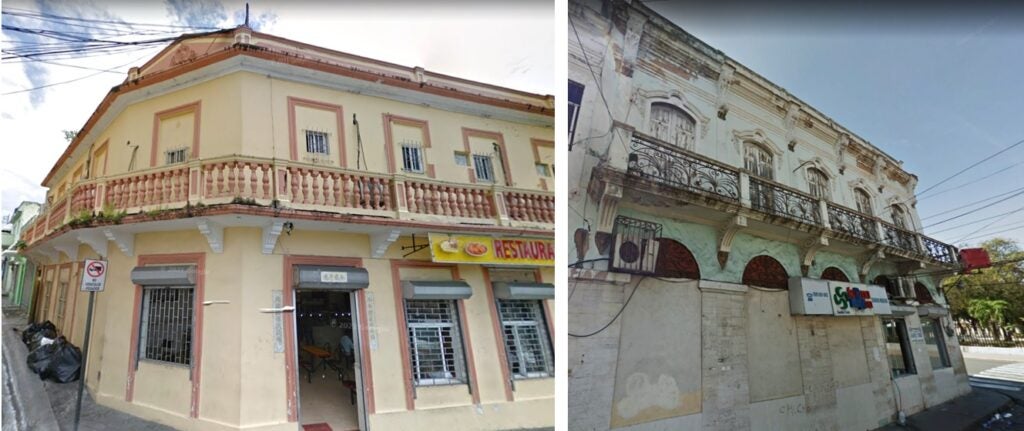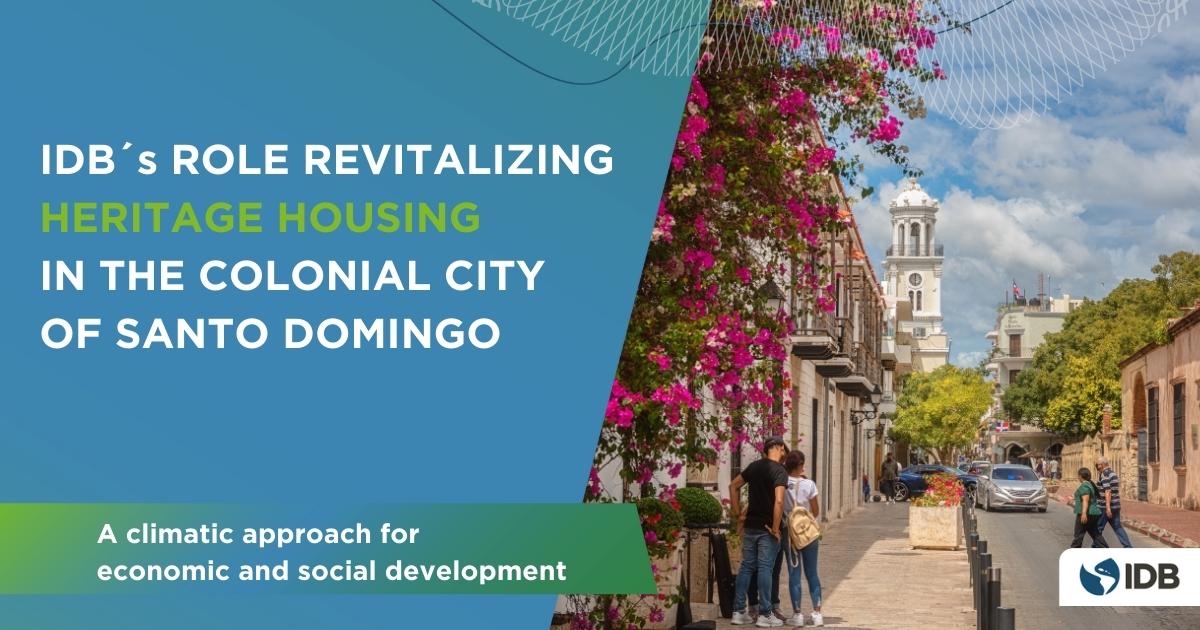Este artículo está también disponible en / This post is also available in: Spanish
A climatic approach for economic and social development
The Colonial City is the oldest urban nucleus of Santo Domingo, capital of the Dominican Republic. It was the first permanent European settlement on the continent, serving as an urban model to be replicated in other colonial cities in America. On December 8, 1990, the Colonial City of Santo Domingo (CCSD) was declared a World Heritage Site by UNESCO due to its heritage and cultural assets.
Currently, it is perceived how the heritage buildings in CCSD have been modified by their inhabitants, gradually losing their connection with climatic conditions. Consequently, the living conditions have deteriorated, negatively affecting the commercial and tourist attractiveness of the area.
The Inter-American Development Bank (IDB), as a strategic partner for the development of the Dominican Republic, collaborates in a housing improvement program in CCSD, with special emphasis on the incorporation of energy and water efficiency measures, in line with the objectives of mitigation and adaptation to the effects of climate change of its Vision 2025. We invite you to keep reading and discover how the IDB is supporting the recovery of housing with climate criteria in the historic center of Santo Domingo.
Colonial City of Santo Domingo: a jewel of world urban heritage
The impressive facades of CCSD’s heritage buildings speak to its vibrant and far-reaching architectural history. Its configurations are witnesses of the transformation and adaptation of its occupants in response to their housing and economic needs.

In its conception, the Spanish colonial architecture of the first years of the 16th century was adapted to the environmental, social, and cultural needs of Santo Domingo. CCSD preserves heritage buildings whose designs expose large windows and perimeter porches that, together with patios and backyards, guaranteed the circulation of fresh air and natural lighting inside. French interludes incorporated in the balcony facades are denoted to guarantee comfortable shaded spaces on the hottest days.
A new life for heritage buildings
Currently, and as is the case in other historic centers in the region, residential and commercial demand is declining. Structural deficiencies are perceived in roofs and interior spaces, which exacerbate vulnerability to meteorological phenomena. This is evidenced in recent cases of housing collapses, since the Dominican Republic suffers from recurrent climatic events such as extreme rains and tropical cyclones.

How have heritage houses changed over time?
CCSD’s heritage buildings have undergone morphological changes to their spaces, especially during the Republican period (1844-1930) described in The Return to Historic Centers. According to this analysis, the heritage buildings were dividing and forming smaller residential and commercial units. Its large windows became small doors, porches were boarded up, and the windows were reduced.
Likewise, its patios and backyards became habitable spaces, influencing urban densification limited by existing sanitary conditions and affecting habitability conditions. The reduction and elimination of porches and windows affected the lighting and natural ventilation of the spaces, and therefore, significantly increased their interior temperature.
Therefore, occupants were forced to use lighting and ventilation systems, reducing their economic attractiveness and resulting in abandoned buildings.

IDB supports housing revitalization
The IDB supports the revitalization of housing through the Comprehensive Tourism and Urban Development Program of the CCSD, and an operation of $3 million dollars from a donation of resources from the European Union.
Given the climatic vulnerability of the region, the IDB promotes the adoption of architectural and structural strategies that support green and resilient housing. Among these strategies are cost-efficient measures for sun protection, thermal insulation, ventilation, and natural lighting, among others. Structurally resilient solutions to natural disaster risks and climate change impacts are also included.
Although the green and resilient criteria tend to increase the initial investment, the savings throughout its life cycle due to the decrease in the cost of operation and maintenance, increases the value of the property and affects the quality of housing life and well-being.
An historic neighborhood prepared for a future full of prosperity
The improvement of housing in CCSD will improve the quality of life of residents and promote urban revitalization including its commercial and tourist attraction.
CCSD has the potential to become a top-level tourist attraction and a model for other heritage neighborhoods with similar characteristics. Its impact will generate the diversification of cultural tourism in the Dominican Republic, and its result will be directly reflected in the housing and economic well-being of its residents.
If you enjoyed this blog, sign up here to receive our monthly newsletter with all the blogs, news, and events from the IDB’s Housing and Urban Development Division.


Leave a Reply